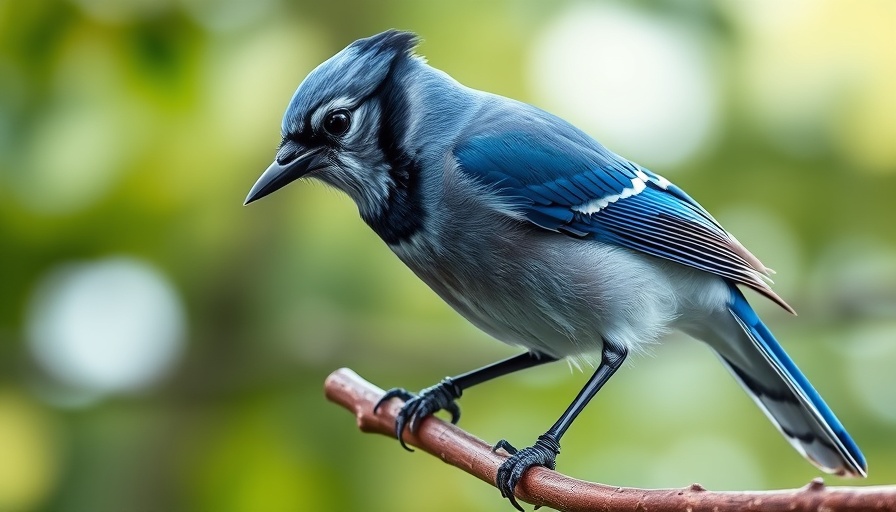
Recent Bird Flu Cases in Cats: What It Means for Pet Owners
In an alarming development, six cats located on the same property in Hunterdon County, New Jersey, have tested positive for the highly pathogenic avian influenza (H5N1), echoing concerns over the spread of this virus among domestic animals. As reported by local health officials, while the risk to the general population is currently deemed low, these cases emphasize the importance of continued vigilance and precautionary measures for pet owners.
Understanding the Transmission of Bird Flu Among Pets
The New Jersey Department of Health has pointed out that cats can become infected through exposure to wild birds or contaminated environments, even if they have no direct contact with poultry. According to health commissioner Kaitlan Baston, awareness is critical; pet owners are advised against feeding their cats raw or undercooked meat products, which have previously been linked to transmission of the virus among household pets.
Precautionary Steps Recommended by Health Officials
Local health departments are advocating several precautionary measures to reduce the risk of avian flu infection in cats:
- Avoid raw (unpasteurized) milk and undercooked meats for your cats.
- Keep cats indoors to prevent exposure to birds and outdoor wildlife.
- Wash your hands thoroughly after handling your pets, particularly after being in areas with livestock or wild birds.
These recommendations stem from increasing reports that show a significant rise in domestic cat infections, especially in regions where avian influenza cases have been confirmed.
Health Monitoring for Exposed Individuals
Health officials are actively monitoring individuals who have had contact with the infected cats. Although no human cases related to these infections have been reported, it is crucial for anyone with potential exposure to keep an eye on their health. They are encouraged to monitor for symptoms and report any concerns to health authorities.
The Bigger Picture: Public Health Perspectives
Understanding the implications of bird flu's spread is essential for public health. The USDA has indicated that since 2022, nearly 100 domestic cats across the United States have been infected with the virus. This surge points to a greater need for surveillance and education regarding how pets can contract such diseases and the importance of minimizing exposure from wildlife to domestic animals.
As this evolving situation unfolds, staying informed through credible sources and implementing health precautions can shield cats from this dangerous virus. Cat owners are encouraged to reach out to their veterinarians if they have any concerns and to familiarize themselves with proper hygiene practices when interacting with their furry companions.
 Add Row
Add Row  Add
Add 




Write A Comment